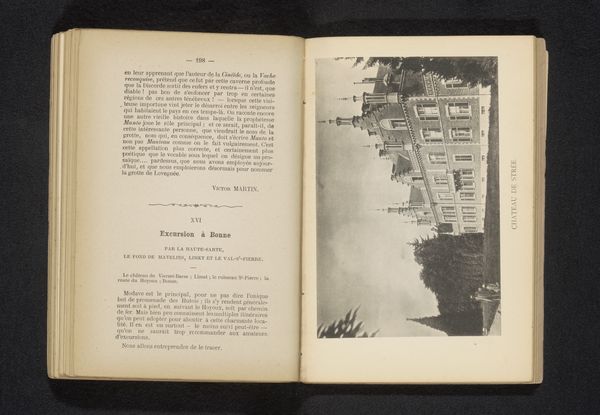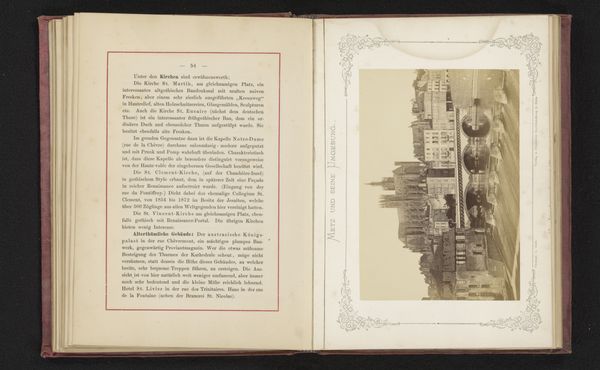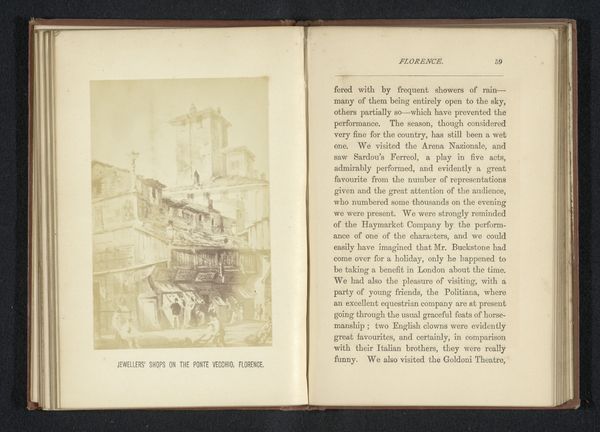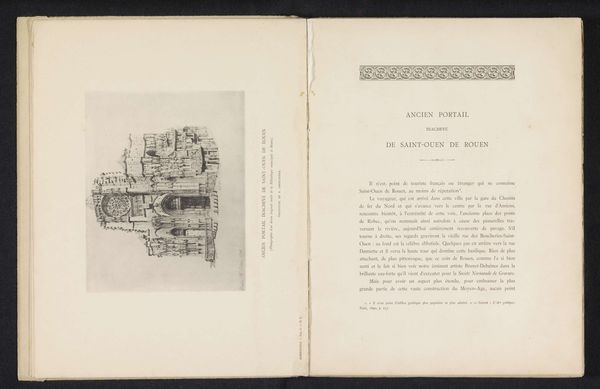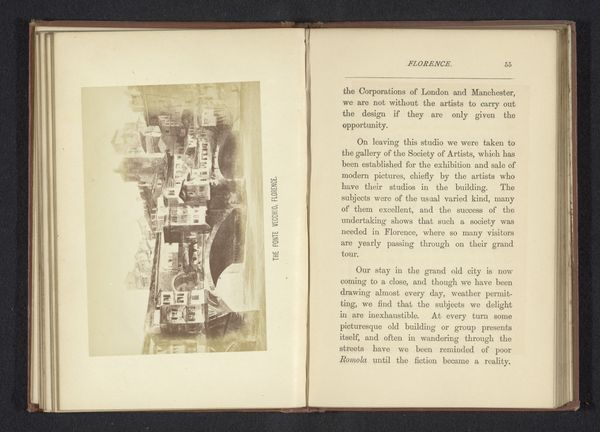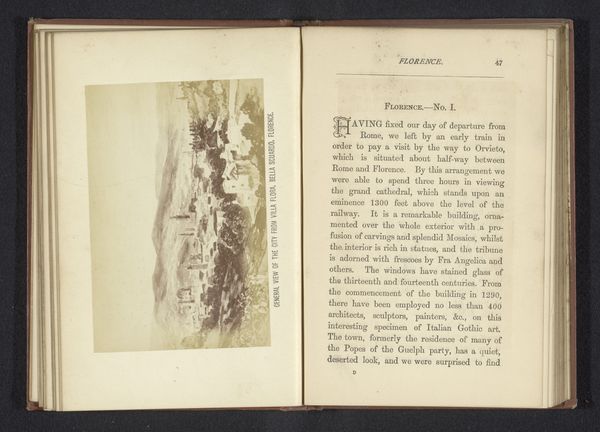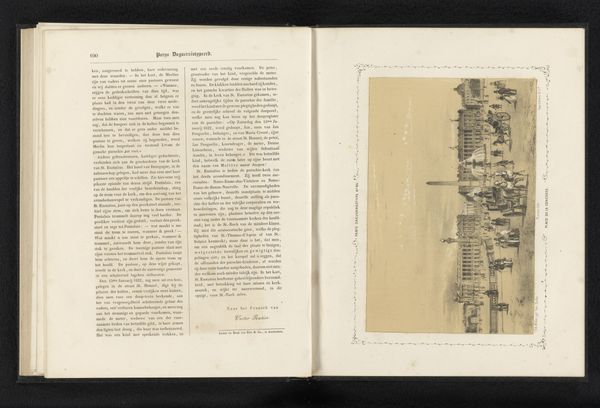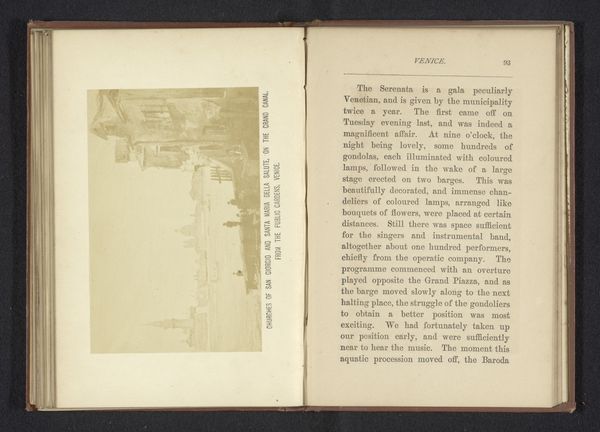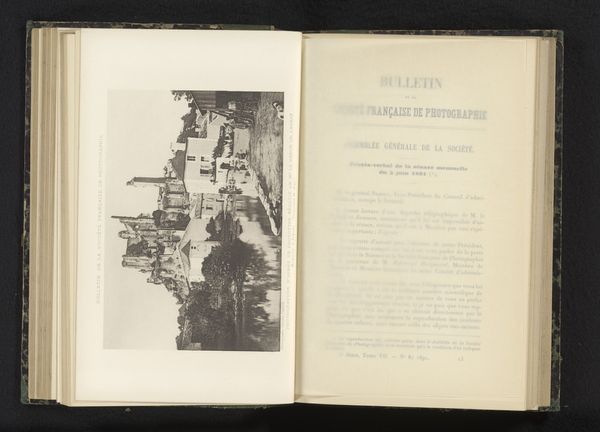
Dimensions: height 93 mm, width 136 mm
Copyright: Rijks Museum: Open Domain
Editor: So, here we have an albumen print entitled "The church of San Giovanni dei Florentini, Rome," dated before 1877, part of J. Greer's work. The sepia tones give it such a dreamlike quality, and the texture looks almost like it's been painted. What grabs your attention most about this print? Curator: Well, immediately I'm thinking about the production of these albumen prints, how they industrialized the experience of art through replicability and distribution. It allowed a wider audience to consume views of Rome, but it also commodified it. Did this increased access truly democratize art, or did it simply repackage it for consumption? Editor: That’s an interesting point. I hadn’t thought about the labor involved, especially in comparison to something like painting, where there's so much more artistic...gesture, I guess. Is it about more than just photographic technique here? Curator: Absolutely! Consider the sourcing of the materials—where did the albumen, typically from egg whites, come from? Who processed it? What were the social and economic conditions of those involved in the print's making? The photograph is romantic, yes, but its very existence is intertwined with a complex web of production and consumption. Think also how these photographs were assembled into albums... They become souvenirs, objects of colonial desire even, possessed by people traveling through these countries. Editor: So, it’s less about the church itself, and more about what the print represents as a material object, and the processes that went into its creation? Curator: Precisely! We have to question who benefited from the circulation of these images, and what power structures are embedded within the final product itself. The beauty is undeniable, but its material reality prompts critical questioning of romantic landscape images. Editor: That gives me so much to think about regarding the context in which this image exists and the way we approach thinking about it as an object. Thank you. Curator: Likewise. Looking beyond the aesthetic appeal and focusing on the socioeconomic implications—the means of production—adds a crucial layer to our appreciation.
Comments
No comments
Be the first to comment and join the conversation on the ultimate creative platform.
